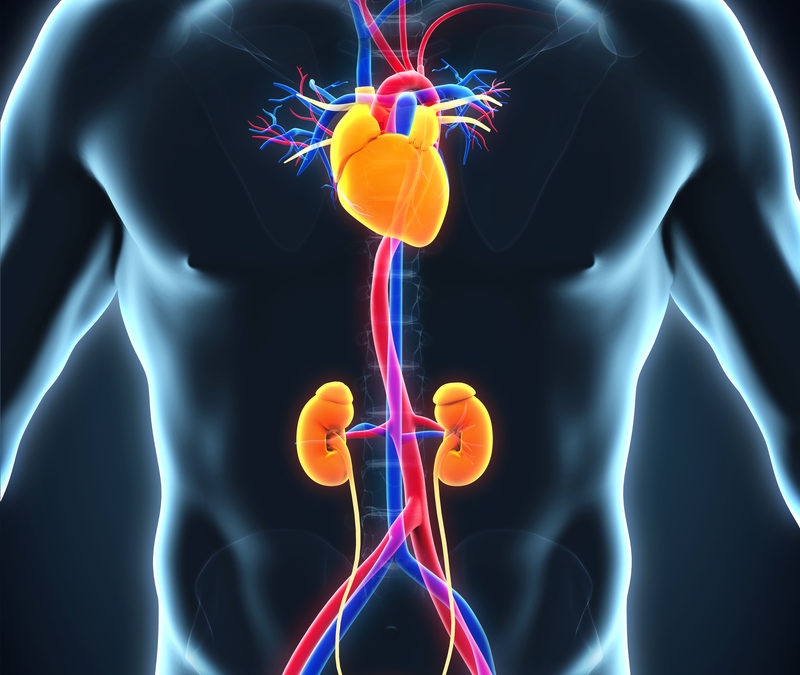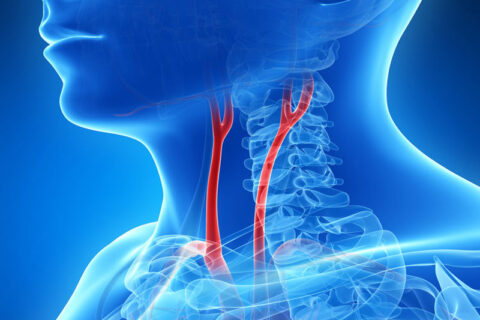The Top 10 Symptoms of an Aortic Aneurysm
An aortic aneurysm is a bulge in a section of the body’s main artery (aorta), which carries oxygen-rich blood to the brain and rest of the body. If the wall of the aorta becomes weak, it can balloon out and may eventually even rupture. A ruptured aortic aneurysm is a serious emergency that can lead to massive bleeding and death. Fortunately, there are usually signs that an aneurysm is developing before it bursts.
Deep, Aching Pain
Aortic aneurysms can occur in the chest or abdomen (stomach area) and are usually accompanied by a deep pain that some refer to as “gnawing” in nature. The pain often radiates into the shoulder blade, back, or flank. In some cases, it may affect the groin or legs. Pain usually lasts hours o days (https://www.nhlbi.nih.gov/health/health-topics/topics/arm/signs).

Pulsating Sensation
Some people with aneurysms report a pulsating sensation in their chest or abdomen. Other say that they are more aware of their heart beating. This is most common with abdominal aortic aneurysms.
Cough
An aneurysm in the chest can irritate the nerve to the lungs or throat. This can result in a nagging, dry cough. This can also result in trouble breathing.
Hoarseness
If the aneurysm puts pressure on the laryngeal nerve, it can cause your voice to change. Hoarseness is the most common complaint, but some people report changes in the pitch and/or tone of their voice.
Cold Feet
If the aneurysm alters the flow of blood substantially, it can affect circulation and this can result in blue, cold feet and legs. An aneurysm can also be a place for blood clots to form, which can dislodge and affect cause pain, coldness, and even tissue death in the legs (http://www.webmd.com/heart-disease/tc/aortic-aneurysm-symptoms).
Trouble Swallowing
Because the aorta runs very close the esophagus (tube connecting the mouth and stomach), aneurysms can sometimes put pressure on the esophagus. This can make swallowing difficult. People often report having food stuck in their throat.
Fever and Weight Loss
In rare cases, an aneurysm can become inflamed and cause systemic problems including fever and weight loss. Inflammatory aneurysms can affect other organs like kidneys and the bladder as well.
Constipation
Some people with aneurysms report trouble with bowel movements. This may be due to changes in blood supply to the GI tract or as a result of an aneurysm putting pressure on nerves that supply the gut.
Dizziness
Aneurysms can sometimes affect blood pressure, which can result in orthostatic hypotension. This is a condition in which people feel dizzy when they sit up from lying down or when they stand from sitting.
Fullness
Feeling full, even after minimal food intake, is a rare symptom of an aortic aneurysm. The feeling of fullness may be accompanied by nausea and even vomiting (http://www.emedicinehealth.com/aortic_aneurysm/page2_em.htm#what_are_the_symptoms_of_an_aortic_aneurysm).
Potential Risk Factors
Aortic aneurysms can occur in anyone, but are more likely in people who smoke, have high blood pressure, and those with high cholesterol. A family history of aortic aneurysms is also a risk factor (http://my.clevelandclinic.org/services/heart/disorders/aortic-aneurysm/Abdominal-Aortic-Aneurysm). If you think you may have an aortic aneurysm developing, don’t wait to see a doctor. An X-ray, CT scan, or MRI is usually all that is needed to make a diagnosis.


